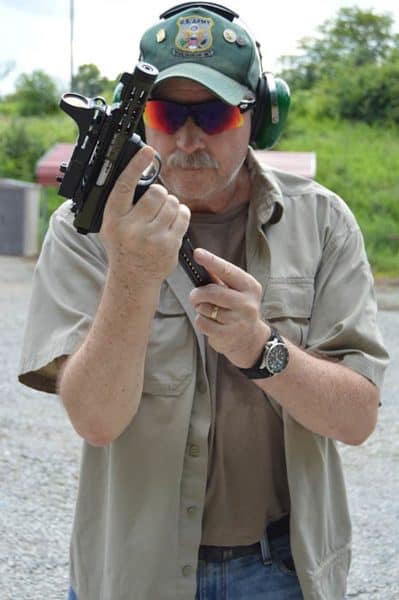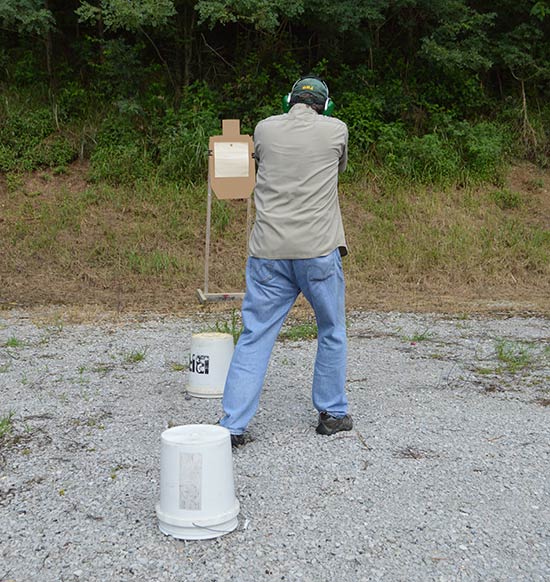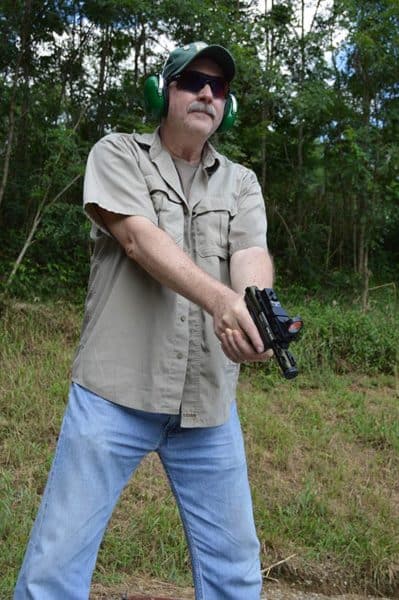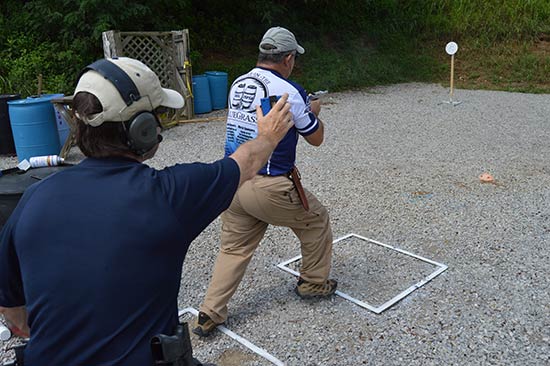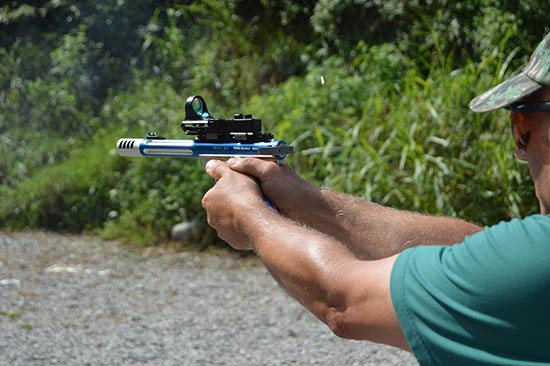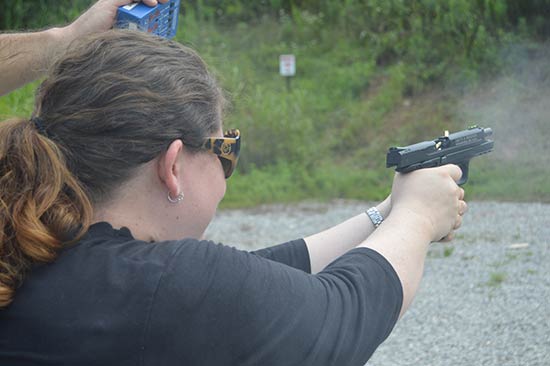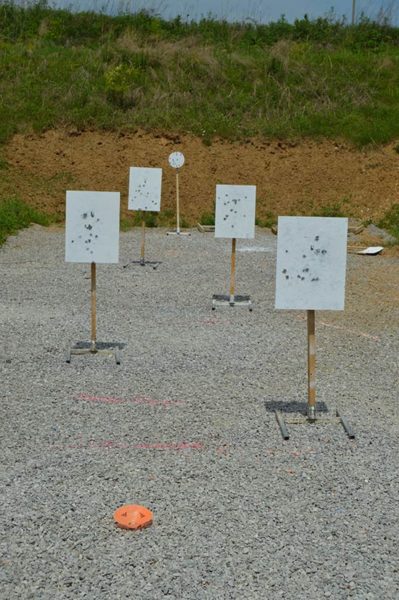Scale Down For Success
However, one great technique many pro shooters use to get into top form is to employ a variety of shooting techniques from other disciplines using a .22 Long Rifle-chambered pistol.
Why the lowly rimfire? Because many — if not most — of the drills and techniques employed with centerfire pistols can be performed as effectively and much more inexpensively with the .22. At my local club we host a match called the “Steel Showdown” which closely resembles a Steel Challenge Match. It uses similar targets and courses of fire, and one of the divisions is the .22 Division. A majority of our competitors are from other disciplines such as IDPA, GSSF, USPSA and 3-Gun. Most show up with some form of semi-auto — usually one of the ubiquitous Ruger MK III variants — and shoot the entire 150-round match with it. The pro shooters among them use their pet rimfire to work on specific areas of their technique prior to a big match.
In addition to competing in formal matches, there are several cross-training skills and drills with the .22 you can do to increase your proficiency with a centerfire handgun at a much lower cost, no matter what level you’re at or what type of shooting you do.

